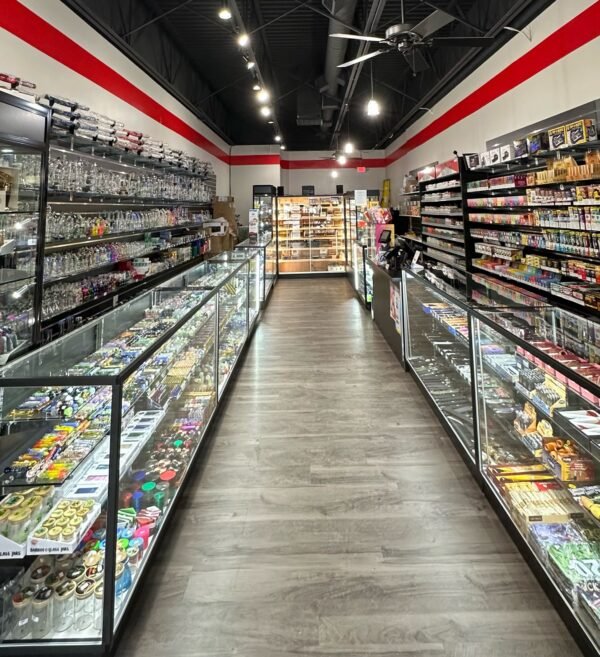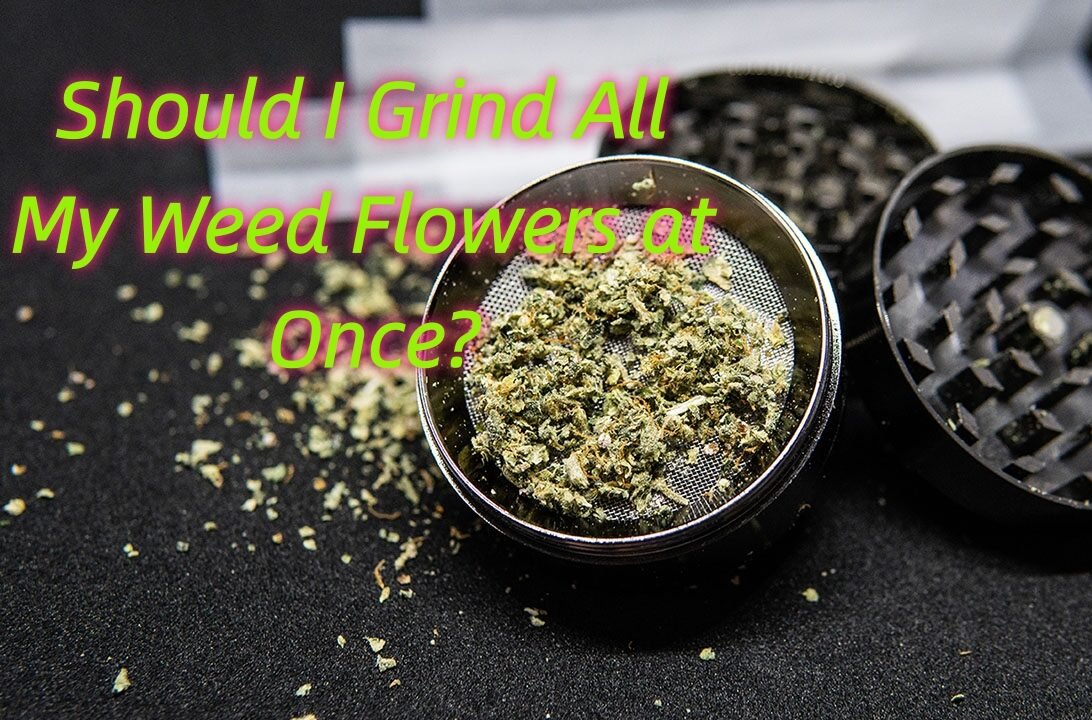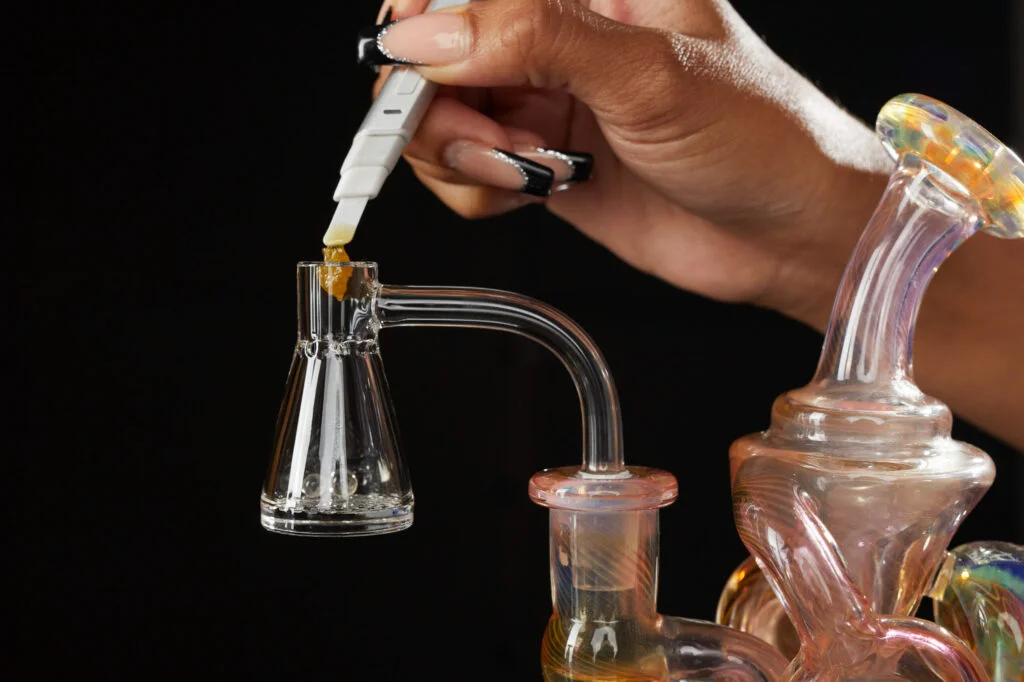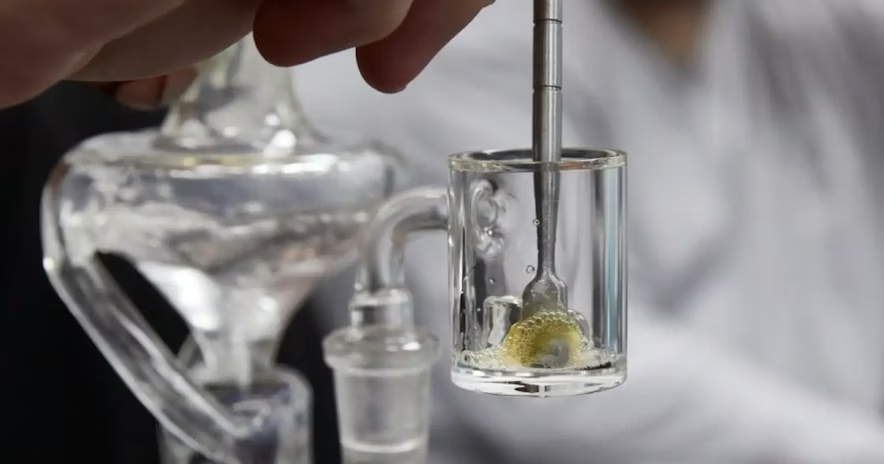I often get asked why places that sell pipes, bongs, and other smoking accessories go by the name “head shops.” It might sound quirky to newcomers. But there’s actually a fascinating story behind it, one that’s deeply intertwined with cultural movements and evolving social norms.
If you’ve ever wondered why smoke shops earned the label “head shops,” here’s the short answer: these specialized stores emerged from mid-20th-century counterculture, offering not only smoking accessories but also a sense of community. They quickly became gathering spots for people interested in alternative lifestyles, music, art, and new forms of self-expression. Over time, the term “head” began to symbolize a mindset open to curiosity and exploration of consciousness. That’s why smoke shops, rooted in this vibe, started getting called “head shops.”
It’s a straightforward name, yet the history runs surprisingly deep.
The Origins of the Term “Head Shop” – Where Did It Come From?
Picture the 1960s—an era of social and cultural shifts. That’s when the term “head shop” first popped up, weaving itself into the broader tapestry of a rapidly changing society. But what, exactly, kicked off the use of the word “head,” and how did it latch onto these niche stores?
Many folks believe that ‘head’ traces back to the idea of a conscious mind open to new perspectives—a ‘heady’ mindset. Others say it has roots in phrases like “Deadhead” (fans of the Grateful Dead) or “pot head,” linking the word to cannabis culture. Either way, it’s a term brimming with subcultural meaning.

When these stores began popping up, they served as underground hubs for more than just bongs or pipes. They were about free thought, nonconformity, and exploration—especially in a country that sometimes felt torn by social conflicts. So “head shop” wasn’t just a label for a store. It was a nod to a whole new worldview.
Early Social Context
It’s nearly impossible to separate the birth of head shops from their historical backdrop. Consider that in the mid-1960s, conversations about personal freedoms, the Counterculture of the 1960s, and political unrest were swirling everywhere. People gravitated toward “head shops” as much for the sense of community as for the actual products on the shelves.
These shops also reflected a do-it-yourself spirit. They championed local artists, carried underground newspapers, and sold posters that captured the rebellious spirit of the times. My own brand, CloverGlass, is obviously newer, but it still resonates with that freedom-loving vibe. When customers come to me for glass water pipes or dab rigs, there’s a shared sense that we’re part of something bigger—whether that’s a centuries-old tradition of craftsmanship or the rebellious heart of the 1960s.
Sometimes, I think about how we transport hundreds of these glass pieces from our workshop in China to our Los Angeles warehouse. We do it efficiently, taking pride in delivering a slice of that same creative spirit to U.S. retailers. No matter how big the order is, or how complicated shipping can get, I feel honored to be part of an enduring cultural legacy. That’s what “head shops” are about for me: the link between functional products and a deeper sense of belonging.
The Counterculture Movement and the Rise of Head Shops
The late ‘60s and early ‘70s saw a massive wave of protest and celebration of individuality. But what does that have to do with head shops, and why were they front-and-center in this shift?
It’s pretty straightforward: head shops provided a haven for people living outside mainstream culture. They offered rock music records, alternative books, and of course, smoking items that were hard to find in regular stores. This collective spirit of “doing your own thing” made head shops a cultural landmark.

Think about it: the Counterculture of the 1960s was more than just tie-dye and Woodstock. It was a global conversation about war, peace, love, and freedom of thought. Folks who walked into a head shop didn’t just buy a pipe; they joined an implicit network of free spirits exploring alternative lifestyles. Despite the decades separating then and now, I can still feel remnants of that vibe whenever I talk to distributors who value creativity and self-expression just as much as a good product line.
Expanding Identities in Retail Spaces
Throughout that era, the idea of a “head shop” pushed boundaries. Shops like these gave people a place to gather and express themselves, often introducing them to new music, new reading material, or new philosophies. For a while, the head shop was a friendly, if sometimes controversial, beacon that said: “It’s okay to question the norm.”
Today, while we might focus more on product quality and brand consistency, I still see that same spark when I work with clients. We’ve made it easier to source bongs, dab rigs, and glass recyclers from overseas. But the spirit of curiosity? That hasn’t changed. It’s as if every generation builds on the last one’s rebellious streak.
What started as rebellious corners in big cities has grown into a thriving industry that’s gone global. Because of my work, I’ve watched how local U.S. distributors, brand owners, and smoke shops all interconnect. In many ways, that synergy harkens back to the original sense of camaraderie found in early head shops. Now we communicate online, share product photos, or compare shipping times, but at the heart of it all, we’re carrying on a tradition of curiosity and connection.
What Do Head Shops Sell? Understanding Their Product Range
People sometimes assume head shops are all about one thing: pipes. While it’s true you’ll find all sorts of cannabis paraphernalia there—like bongs, dab rigs, and grinders—these stores typically offer a surprising array of items. But why do they carry so many lifestyle products, from incense to tie-dye shirts?
Head shops aim to cater to the free-spirited culture that birthed them. That means clothes, accessories, posters, and sometimes even books. The modern iteration of a head shop might have grown sleeker, yet they keep that open-minded ethos alive.

For me, running CloverGlass is about providing specialized smoking accessories that fit seamlessly into a wide variety of tastes. Sure, I’m a wholesaler, but I also understand that people crave a unique shopping experience. Distributors and smoke shops don’t just want run-of-the-mill bongs—they want vibrant, sometimes surprising products that prompt customers to stop and say, “Wow, I haven’t seen that before!”
Beyond Glass—A Tapestry of Counterculture Goods
It’s worth noting that many head shops originally made their name by selling posters, band T-shirts, or handcrafted jewelry along with the pipes and bongs. Even these days, you’ll find aromatic candles, essential oils, or quirky novelty items. The unifying thread is an emphasis on personal expression.
When I talk with clients, they often ask about adding unique packaging or custom logos to their orders. And trust me, we get it done—from creative color options to specialized shapes. After all, part of the essence of a head shop is celebrating individuality, right? That’s why we maintain a giant range of product styles and ensure we’re always rolling out fresh designs—over a dozen new pieces each month—to keep that sense of discovery alive for people walking into a smoke shop.
I’ve noticed that U.S. customers love variety—especially when they can see immediate shipping benefits. With our warehouse in Los Angeles, we can deliver everything from a dainty hand pipe to a fully loaded glass dab rig in just a few days. And while I’m in China overseeing new product prototypes, I’m always mindful that our partners rely on us to keep that head shop spirit burning—one where artistic expression meets practicality on the shelves.
Are Head Shops and Smoke Shops the Same? Key Differences Explained
The terms “head shop” and “smoke shop” sometimes get tossed around like they’re identical. Are they? Well, the distinction can be subtle. Smoke shops typically focus on tobacco products—cigars, cigarettes, and related paraphernalia. Head shops, on the other hand, carry items often linked to cannabis culture, alternative lifestyles, and niche accessories.

From my perspective, these lines blur in modern times. Many “smoke shops” now carry grinders, glass water pipes, and oil rigs alongside standard tobacco products. Some still carry that counterculture flair, while others run more like a convenience store with a broad range of items. The vibe you get walking into a place still matters, though—if there are psychedelic posters, and an emphasis on bongs or dab rigs, it’s probably more on the “head shop” side of the spectrum.
Cultural Identity vs. Commercial Labels
When I talk to customers across the U.S., I notice a range of store identities. Some of my clients own shops that used to focus heavily on vape or tobacco but have since embraced a more diverse inventory. They don’t always label themselves as a “head shop,” but the product range says otherwise.
In states where cannabis is legal, the shift seems more apparent: glass water pipes, dab rigs, and vaporizers take center stage. Meanwhile, in places where legality is still evolving, smoke shops might keep a conservative profile but quietly stock items that cater to a more progressive audience. As someone who manufactures and wholesales these products, I always ensure I’m up to date on local laws and customs requirements—especially when shipping in bulk. We’ve got a dedicated customs clearance team, so those who buy from us don’t sweat the paperwork or risk seized shipments. That peace of mind matters in an industry that sometimes carries a bit of a stigma.
Whether you call it a head shop or a smoke shop, the essence remains the same: people want quality, variety, and a connection to the larger culture. And from my side, bridging that gap between “behind-the-scenes” production and the store shelf is a huge part of the magic.
Legal and Cultural Evolution of Head Shops in the U.S.
Head shops haven’t always enjoyed smooth sailing, especially during eras of stricter drug enforcement. But over time, the cultural acceptance of cannabis-related accessories has grown. Laws have changed in various states, and head shops adapted accordingly. Yet the question remains: how did they survive and evolve under shifting legal winds?

Most of them learned to walk a tightrope—remaining legally compliant while still providing the products people wanted. They often labeled their items as “for tobacco use only” or highlighted their decorative or collectible purposes. Over the years, the store owners also embraced a sense of community engagement, supporting local artists, hosting events, and staying updated on new legislation.
I’ve had many conversations with folks who recall a time when head shops operated under the constant threat of raids. Some owners developed a discreet clientele or used coded language, reflecting the prevailing fear around cannabis paraphernalia. As attitudes shifted—and certain states legalized cannabis for medical or recreational use—these shops found room to breathe.
From my own experience, the legal environment can be tricky even for wholesalers like me. That’s why we have a specialized team to handle customs clearance, ensuring each shipment is labeled and processed properly. If anything is delayed or lost at customs, we cover the cost, sparing our customers the headache. This level of assurance is important not just for financial reasons but to ensure that all parties can continue operating within the law.
In the end, the resilience of head shops shows how deeply they are woven into the cultural landscape. They’ve moved from fringe status to mainstream acceptance in many places, and as new laws unfold, we’ll likely see more standardization. Even so, the heart and soul of a head shop—the creativity, the sense of discovery, the bond with niche communities—continues to thrive.
Modern Head Shops: How They Have Changed Over Time
So, where do head shops stand today? They’ve certainly evolved from dingy corners of rebellion to cleaner, well-lit spaces with a professional approach. Yet for all these cosmetic changes, the main attraction remains the same: an environment that values open-mindedness and self-expression.
At CloverGlass, I see this evolution every day. We’re constantly innovating glass designs, from the classic beaker bong to intricate recyclers that enchant the eye. Customers want variety and convenience—like the option to pick up goods from our warehouse in Los Angeles, saving on shipping costs. But they also want the intangible: a deeper connection to the roots of smoking culture.
Tech Savvy Meets Tradition
Modern head shops use social media, online marketplaces, and specialized events like cannabis expos to connect with an ever-growing audience. They’re not just selling physical products; they’re sharing a lifestyle. I can’t count how many times a store owner told me that social media followers flock to the shop after seeing a particularly exotic piece on Instagram or after discovering a new type of silicone pipe.
One point I’m especially proud of is our ability to offer professional packaging. For me, it’s more than just a box or a label; it’s a chance to tell a story. Whether I’m shipping a whimsical glass dab rig or a sturdy beaker bong, I want the unboxing experience to spark the same awe that people felt in the early days of head shops—like they stumbled upon something special. And if something arrives broken, we’ll replace or credit it, ensuring the trust we’ve built doesn’t shatter with the glass.
Technological innovation also plays a huge role in diversifying product options. Take glycerine glass for example—an innovation that can be chilled to give a cooler, smoother hit. Or silicone pipes that cater to clumsy folks (like me on a bad day). Even though the face of the head shop has modernized, these touches maintain the spirit of curiosity that defined the original movement.
Conclusion
Head shops, or smoke shops, go by many names but reflect a shared heritage of open-mindedness, community, and self-expression. Even as modern retailers refine their spaces and offerings, the roots of these shops remain deeply personal and culturally significant. And I’m humbled to play a part in keeping that legacy alive.






